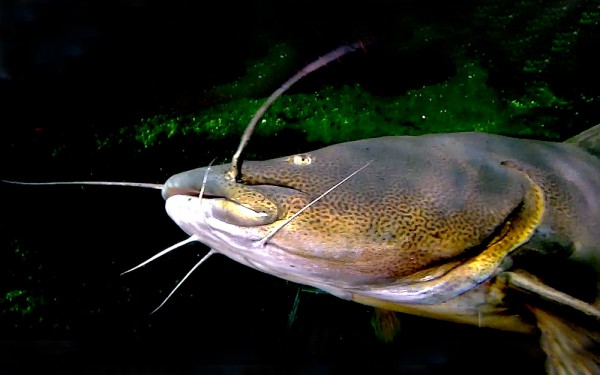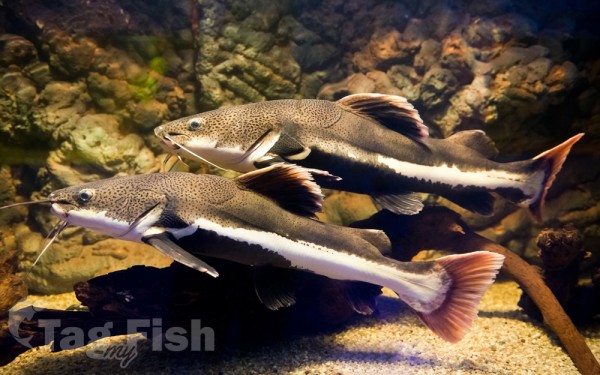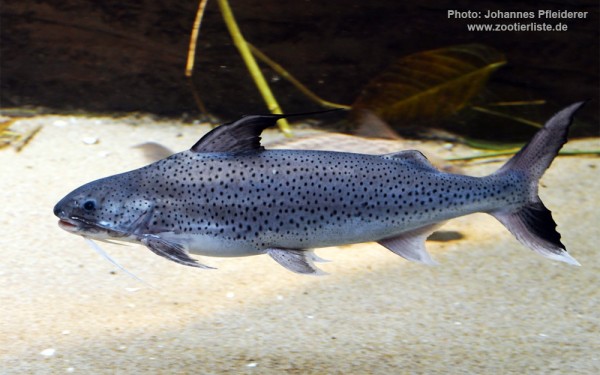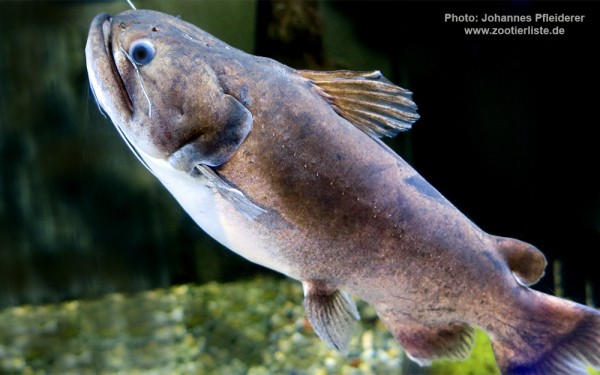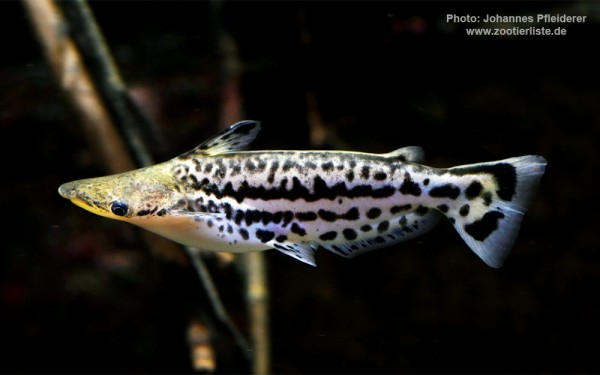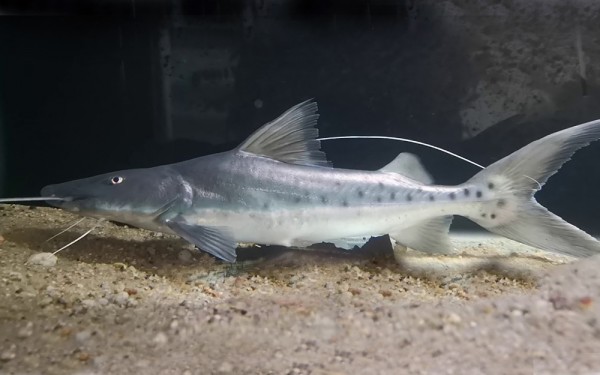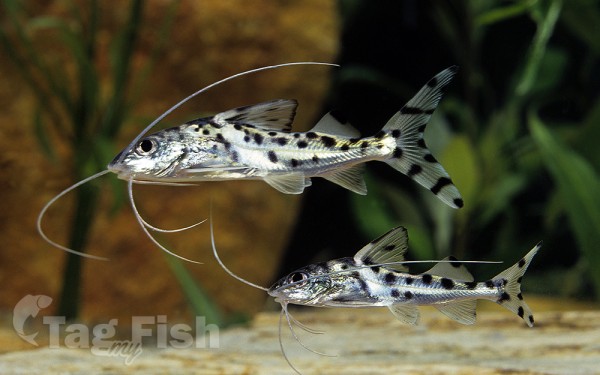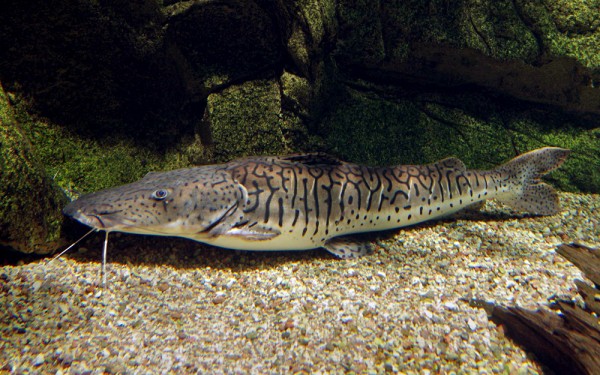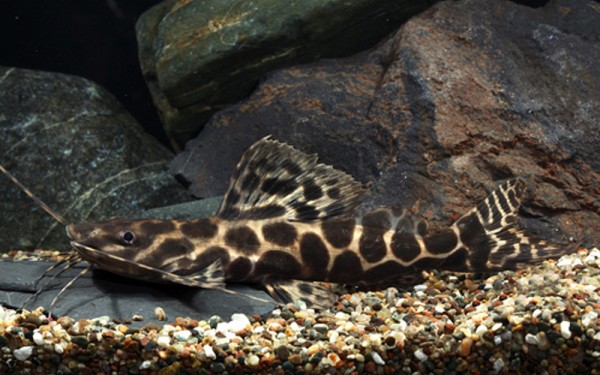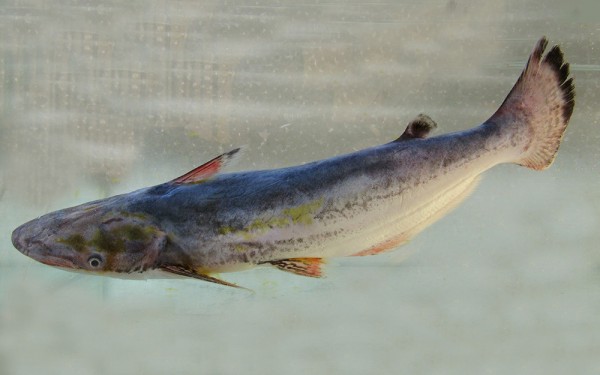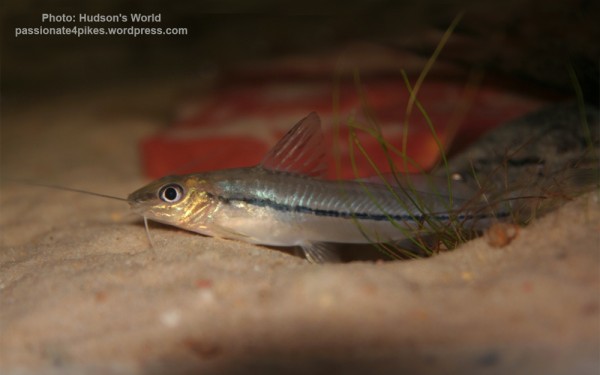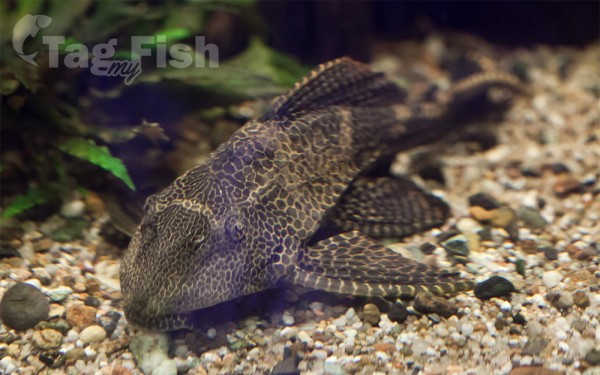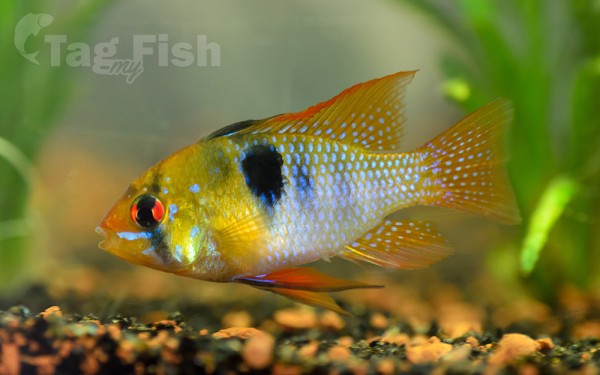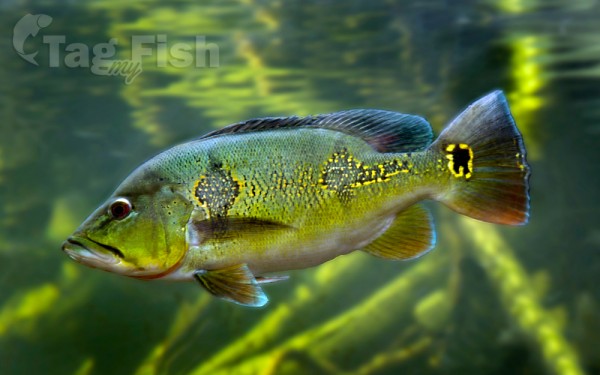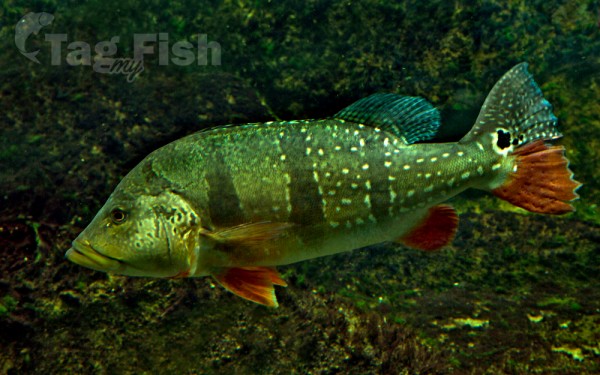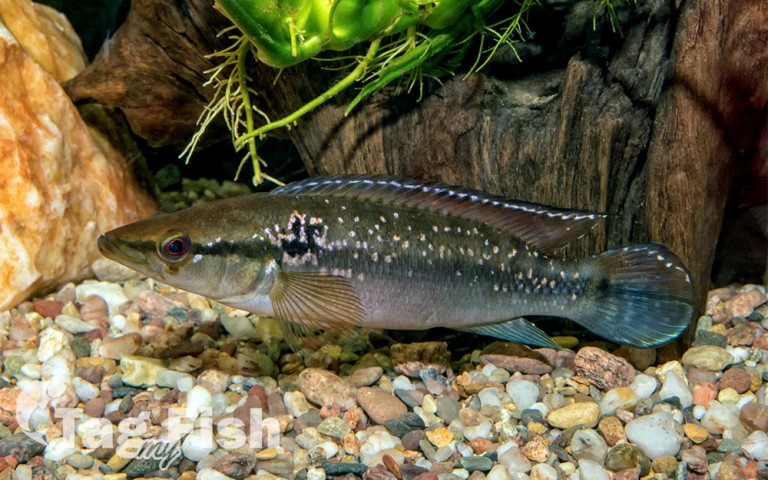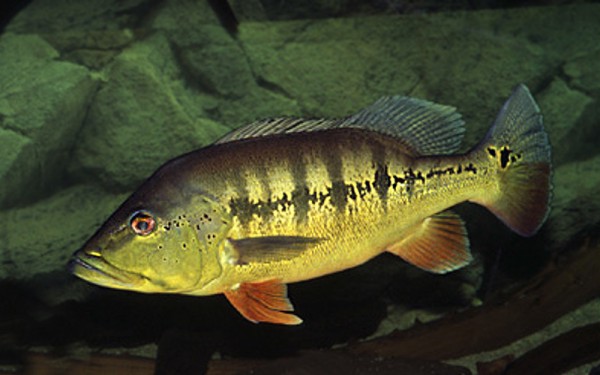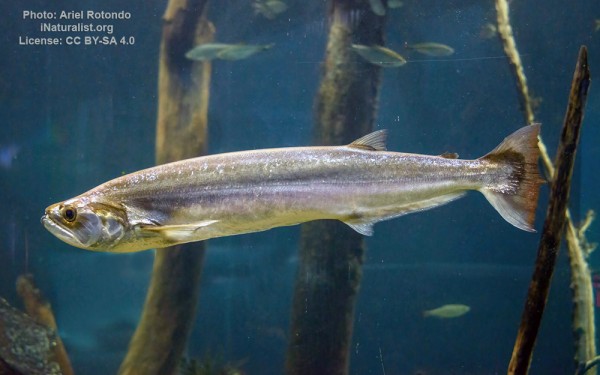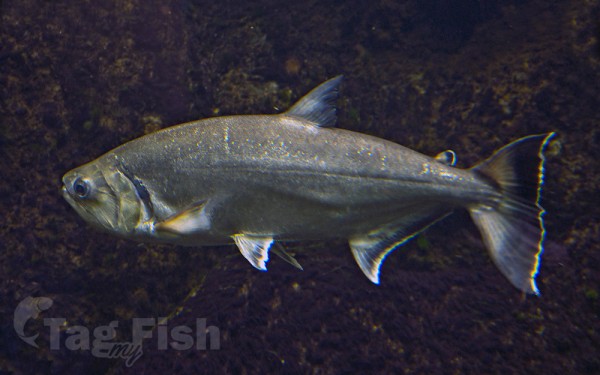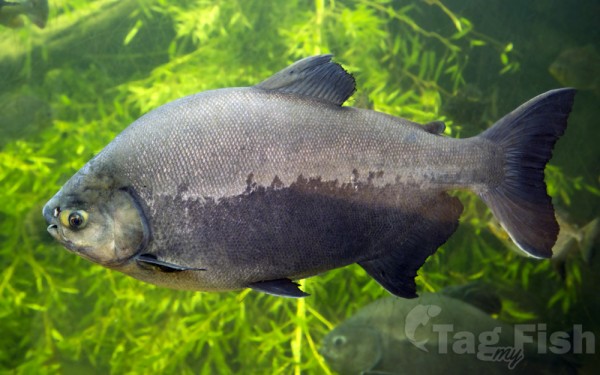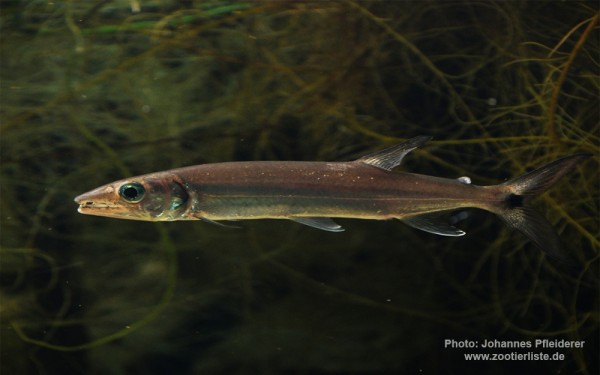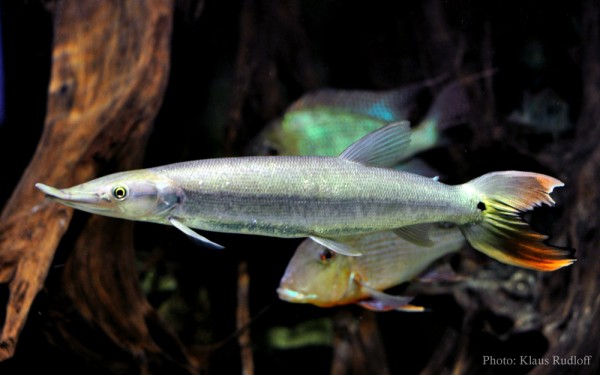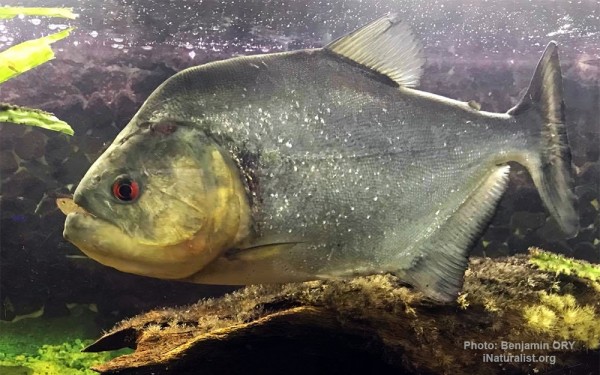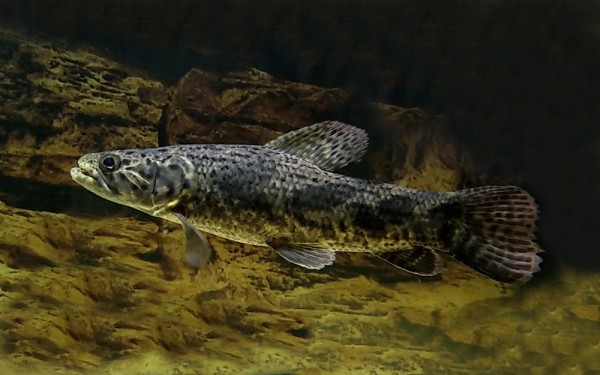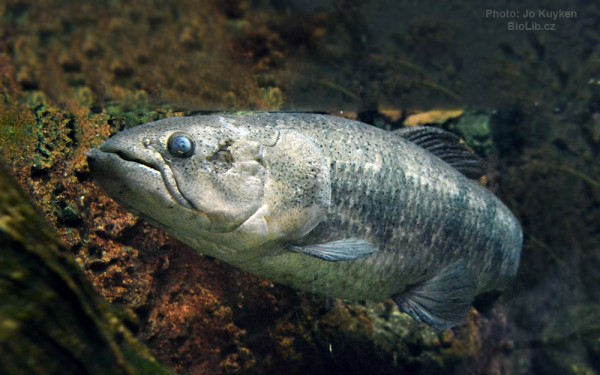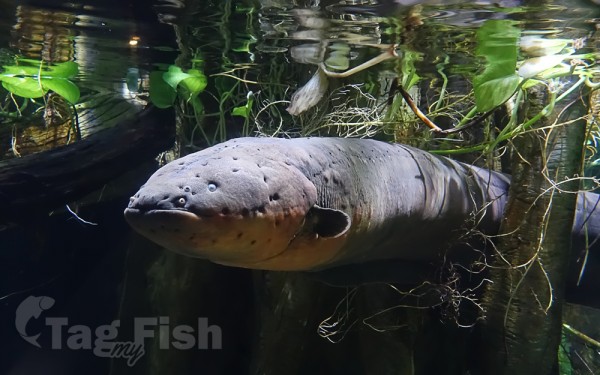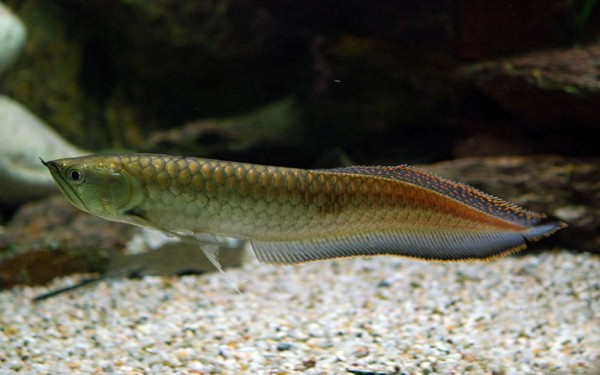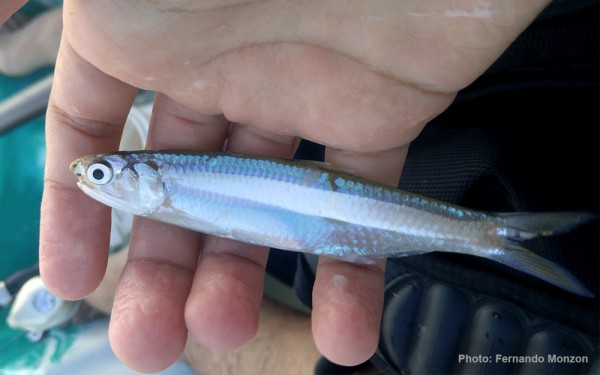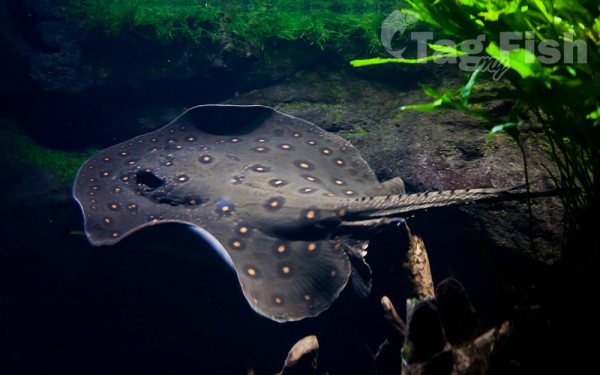Caroni River

Artificial lakes
Siluriformes - Catfishes
Cichliformes - Cichlids
Characiformes - Characins
Gymnotiformes - South American knifefish
Osteoglossiformes - Bony tongues
Clupeiformes - Herrings
Myliobatiformes - Stingrays
Siluriformes - Catfishes
Cichliformes - Cichlids
Characiformes - Characins
Gymnotiformes - South American knifefish
Osteoglossiformes - Bony tongues
Clupeiformes - Herrings
Myliobatiformes - Stingrays
The Caroní River is the second most important river of Venezuela, the second in flow, and one of the longest, 952 kilometres (592 mi) from the Tepui Kukenan, where it originates with the same name Kukenan, up to its confluence with the River Orinoco to which it belongs. The name Caroni is applied starting from the confluence of the Kukenan with the Yuruani, at 182 kilometres (113 mi) from the source of the Kukenan and 770 kilometres (480 mi) from its discharge in the Orinoco. The meeting takes place in the south of Venezuela, in Bolivar State, being the most important tributary of the Orinoco, mostly because of the high discharge rate. The higher basin of the Caroni is situated in the Gran Sabana (Canaima National Park) close to the border with Brazil.
The Caroni is one of the rivers with the highest discharge rates in the world, with respect to the area of its basin. The average discharge is 4,850 cubic metres per second (171,000 cu ft/s), with variations caused by the wet/dry seasons. The average maximum discharge is 6,260 cubic metres per second (221,000 cu ft/s), and the average minimum is 3,570 cubic metres per second (126,000 cu ft/s). Among the historic extremes are 17,576 cubic metres per second (620,700 cu ft/s).
The Caroni supplies 15.5 percent of the discharge of the Orinoco river.
One of the characteristics of water is the dark color, caused by the high amount of humic acids due to the incomplete decomposition of the phenol content of the vegetation. The Caroni therefore belongs to the blackwater rivers, as does the Negro River, or Rio Negro in Brazil, Venezuela and Colombia.
In the late 1940s diamonds were found in the Caroni basin near the famous Lost World Region which then was accessible only by aircraft and four wheel drive vehicles.

